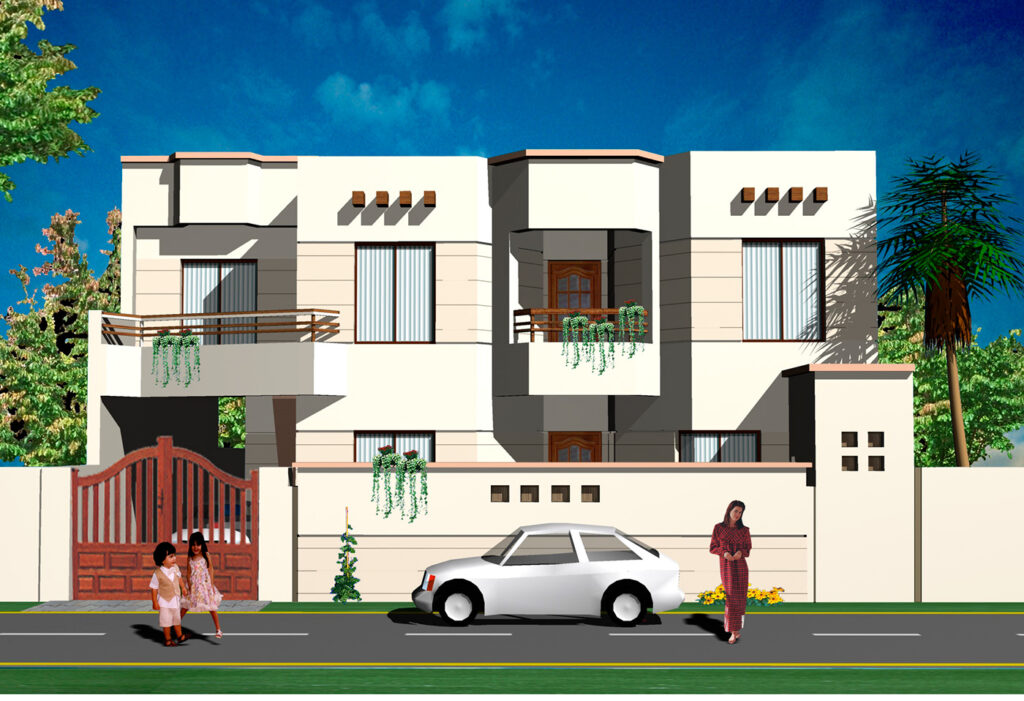Mastering the Art of Architecture: The Role of a 3D Architectural Designer
Introduction:
In the realm of architecture and design, innovation is key to transforming creative visions into tangible structures. A 3D architectural designer is the magician behind this transformation, using cutting-edge technology to bring architectural dreams to life. In this blog post, we’ll explore the fascinating world of 3D architectural designers, their crucial role, and how they shape the future of construction and design.
The 3D Architectural Designer’s Toolbox
1. Beyond Blueprints While traditional blueprints offer a 2D representation of a building, 3D architectural designers take things a step further. They use advanced software to create three-dimensional models that provide a more immersive and accurate view of a design.
2. Advanced Software Skills 3D architectural designers are proficient in CAD (Computer-Aided Design) software and often use specialized tools like Autodesk Revit, SketchUp, or Rhino. These programs allow them to design, model, and visualize architectural projects in 3D.
The Role of a 3D Architectural Designer
1. Conceptualization Designers work closely with architects and clients to conceptualize building designs. They transform ideas and sketches into realistic 3D models, helping clients visualize the finished project.
2. Visualization One of the key roles of a 3D architectural designer is to create lifelike renderings and virtual tours of proposed structures. These visualizations help stakeholders make informed decisions about the design and layout.
3. Iterative Design Designers play a vital role in the iterative design process. They can quickly modify 3D models to incorporate changes and improvements, making it easier to refine the design.
4. Collaboration Collaboration is a hallmark of architectural design. 3D designers work closely with architects, engineers, interior designers, and other professionals to ensure that the design aligns with both aesthetic and structural requirements.
Benefits of 3D Architectural Design
1. Enhanced Client Communication Visual representations make it easier for clients to understand and provide feedback on design concepts, resulting in more successful projects.
2. Reduced Errors and Rework 3D models help identify issues early in the design phase, reducing the likelihood of costly errors and rework during construction.
3. Sustainability Designers can simulate the environmental impact of a building, allowing for more sustainable design choices.
4. Realism High-quality renderings and virtual tours offer a realistic preview of a building’s appearance, helping clients make confident decisions.
Conclusion
3D architectural designers are the visionaries who bridge the gap between imagination and reality in the world of architecture and construction. Their mastery of technology and design principles is reshaping the industry, making it more efficient, client-centered, and environmentally conscious. Whether you’re an architect seeking to bring a project to life or a client looking to see your dream home before it’s built, a skilled 3D architectural designer is your key to turning concepts into captivating, functional spaces.

